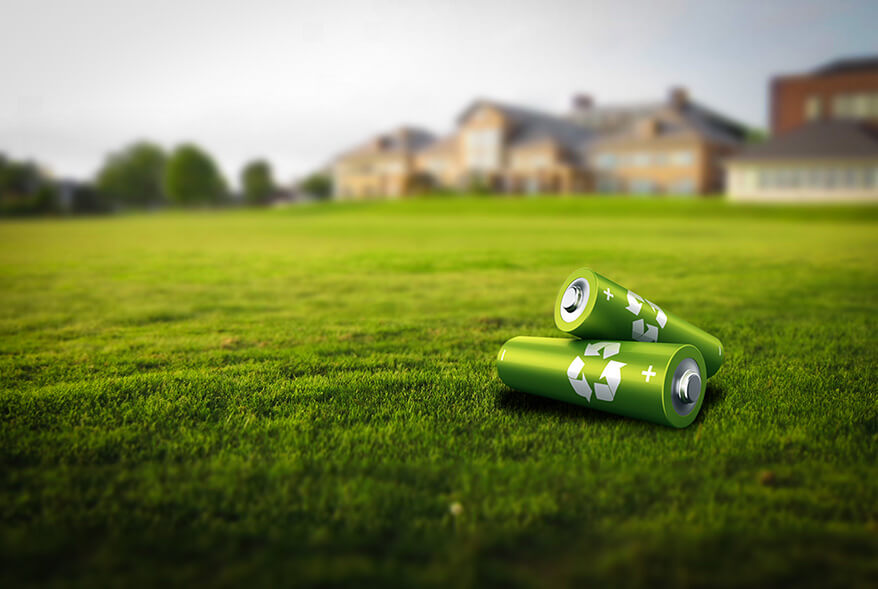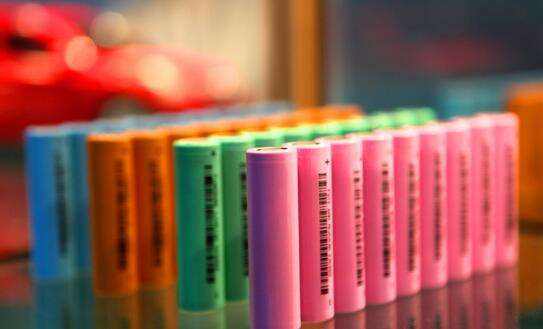Lithium vs. NiMH AA Rechargeable Batteries – Replacement and Cycle Life
APR 22, 2020 Pageview:2997
Both lithium and NiMH battery technologies have been around for quite some time. They are still powering devices in the modern age. However, we need to know which of these batteries is more suitable to continue the race of technological revolution with its superior performance against the other.
Can you replace NiMH batteries with lithium?
Typically, a lithium battery and especially lithium-ion cell can replace about 3 NiMH batteries in a series connection, but this is theoretical. Lithium batteries do provide higher energy densities. However, while NiMH batteries have a higher self-discharge rate, lithium cells can't handle some degree of overcharging that NIMH cells can.
Do lithium batteries last longer than NiMH batteries?
Both lithium batteries and NiMH cells are durable and have been around for a couple of years. However, modern lithium batteries, such as the lithium-ion battery, have more cycles and longer service-term as compared to NiMH cells. Also, unlike NiMH batteries, lithium batteries do not suffer from the memory effect and, thus, don’t deteriorate, giving them a longer lifespan. NiMH batteries also have a higher self-discharge rate as compared to lithium batteries and therefore deteriorate faster.
What are the advantages and limitations of lithium and NiMH AA rechargeable batteries?
Battery manufacturers are well aware of the increasing demand from their customers. They are, therefore, offering packs designed for specific applications. These packs come with a variety of features depending on the type of battery technology being used. When it comes to NiMH AA rechargeable batteries and lithium cells, both these technologies have specifications designed to suit different applications.
They can also, at times, be manufactured for the same purpose, but for you to weigh in on which is the better option, you’ll need to identify their pros and cons. The following are, thus, the different advantages and disadvantages offered by NiMH AA rechargeable and lithium batteries.
Pros
Lithium batteries
1.High energy densities
Lithium batteries boast of high energy densities that outperform other battery chemistries in the market. They can possess up to 150WH/kg as compared to traditional lead-acid cells that provide about 25WH/kg. Currently, different lithium battery versions are the most popular and adored lithium battery chemistries in a wide variety of fields because of their significant energy densities. They are, therefore, used to power high/low-end devices that require a substantial and steady supply of energy that other batteries are incapable of handling.
2.Low discharge rate
When a battery is left on standby, it might lose some of its charges without any user or machine interference. Batteries such as the lead-acid cells or NiMH batteries lose close to 20% of their total charge in a month. This figure is a significant amount of charge that goes unutilized. Lithium batteries have, however, minimized on this self-discharge issue because it is a problem that affects all battery types. A typical lithium battery can lose only about 5% of its charge in a month.
3.High voltages
Lithium is considered the most electropositive metal on earth, which means that it exhibits a high positive charge. As a result, these cells are known to have high voltages as compared to other battery types. A typical lithium cell is capable of providing up to 3.6V, while the cells of other batteries lie around 1.2 to 1.5 V.
4.Light-weight
Lithium batteries and their advanced versions are capable of providing high-energy densities while their sizes are minimized. Their small sizes allow them to supply large amounts of power while occupying less space in the designated application.
Nickel-Metal Hydride (NiMH) batteries
1.High discharge rates
NiMH batteries have a high discharge capability. This allows them to be used in applications that require large amounts of energy without damaging the battery. NiMH batteries provide a steady power supply even if the requirements are increased, without taking any damage.
2.Relatively cheap
NiMH batteries are relatively cheap to acquire or purchase as compared to lithium batteries and their improved versions. These NiMH cells carry an affordable price tag with several excellent pros that make them more suitable for specific applications as compared to other battery chemistries.
3.Eco-friendly
Unlike lithium, which contains toxic chemicals and the poisonous lithium metal, NiMH is said to be relatively eco-friendly. The NIMH batteries only contain mild toxins that are incapable of being environmental hazards. Also, batteries are profitable for recycling.
4.Less prone to the memory effect
Traditional batteries such as the NiCad batteries were prone to the memory effect that affected them. NiMH batteries are not as affected by this issue as compared to the previous battery versions. This means that there is less need to out the batteries through periodic cycles.
Cons
Lithium batteries
1.Environmental Hazards
Lithium batteries are considered waste hazards to the environment because they contain lithium metal, which is poisonous. Also, the cells have a flammable electrolyte that is capable of causing fires or even explosions when handled inappropriately. Generally, these batteries are dangerous to the environment when disposed of in the wrong way and, thus, need users to follow proper disposal guidelines.
2.High maintenance rates
Lithium-based cells require high maintenance rates in both their mechanical and electrical aspects. On the electrical part, these batteries need to be charged following a detailed profile using a constant current and voltage that is regularly monitored and adjusted.
3.Costly
The lithium cells are costly as compared to NiMH batteries, which are relatively cheap. These batteries, and especially lithium-ion batteries, can be costly to purchase.
NiMH batteries
1.Limited lifespan
NiMH batteries are known to have high discharge rates suitable for high-end devices that require much power. However, these cells have a limited service life because if they are repeatedly deep cycled, their performances begin deteriorating after about 200 – 300 cycles.
2.Limited discharge current
As much as these cells can deliver high discharge current, repeated discharges along with high load currents tend to reduce the battery life cycle.
3.Sophisticated charge algorithm
NiMH batteries tend to generate much heat during charging and, therefore, require extended charge periods as compared to the NiCad battery
4.Low-energy-density
NiCad batteries have a lower energy density of 60 – 70 WH/kg, which is twice as less as that of lithium batteries.
Conclusion
While lithium batteries may seem to have outperformed NiMH cells, they are still essential in today’s energy requirements. This is because they are capable of handling various conditions that lithium cells have not yet been advanced enough to be subjected to.
- Prev Article: Are Lithium Batteries Safe-Safety Analysis
- Next Article: Lithium-ion AA Batteries and Charger – Normal Charger and Uses
Leave Message
Hottest Categories
-
Hottest Industry News
-
Latest Industry News














